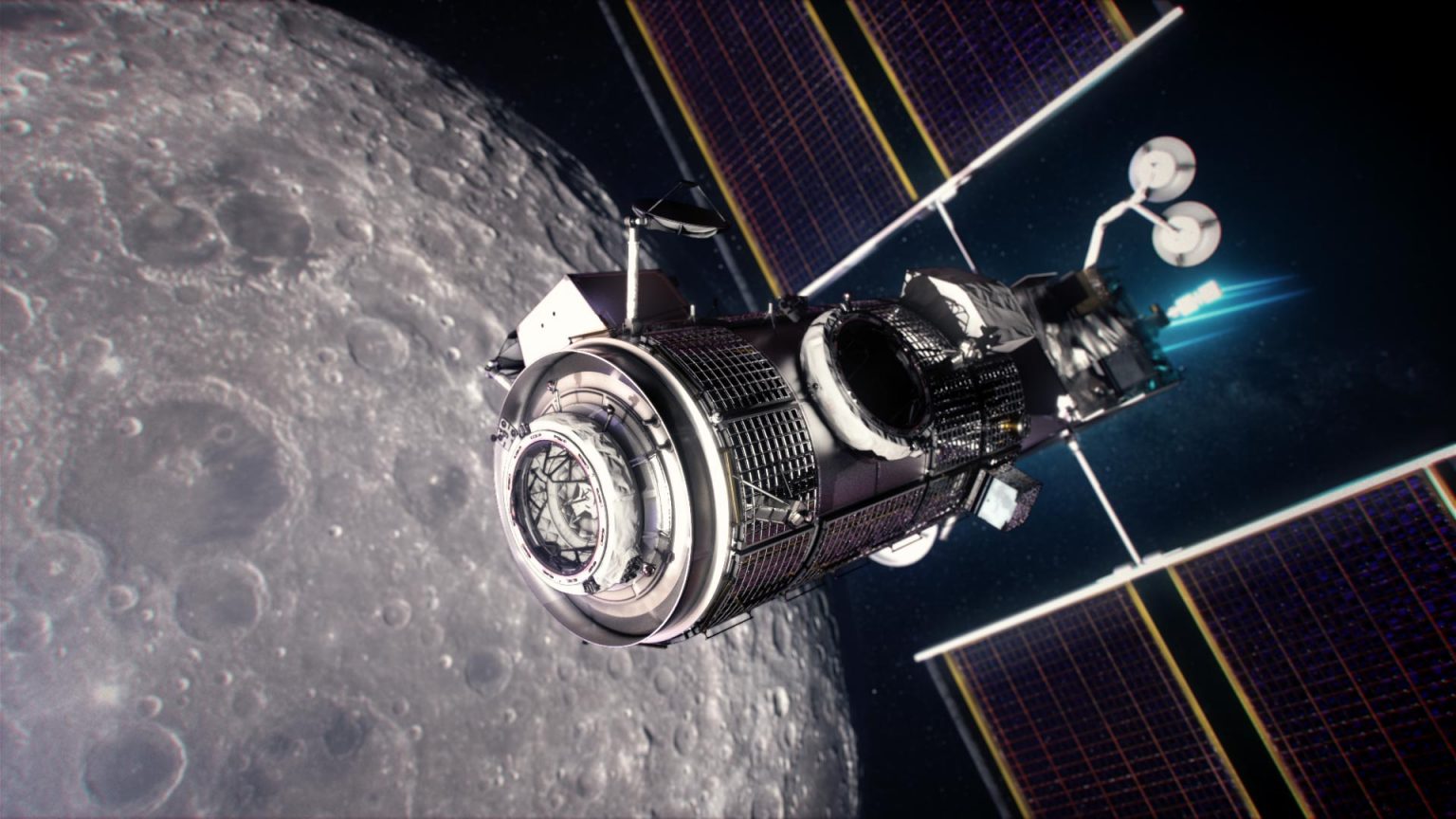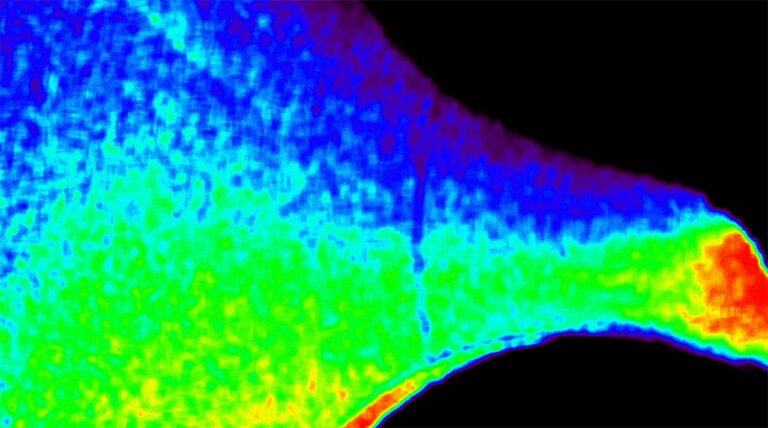HALO Has Landed – NASA’s Lunar Gateway Comes to Life in Arizona
In a groundbreaking leap toward establishing a sustainable human presence on the Moon, NASA’s Lunar Gateway project just reached a pivotal milestone. The Habitation and Logistics Outpost (HALO), a key module of the Gateway, has officially landed—not on the Moon yet, but in Arizona, where it will undergo rigorous integration and testing before its launch.
With HALO’s arrival, the countdown to humanity’s return to deep space has truly begun.
What is HALO? A Key Piece of NASA’s Lunar Ambitions.
HALO is the first habitation module of NASA’s Lunar Gateway, a small space station that will orbit the Moon and support long-term crewed missions under the Artemis program. Think of it as the “home away from Earth” for astronauts preparing for lunar landings and future Mars missions.
HALO’s primary functions will include:
Housing astronauts during lunar missions
Serving as a command and control center
Providing life support systems
Storing supplies and scientific equipment
Acting as a communication hub between Earth and the Moon
Why Arizona?
The HALO module has been delivered to Northrop Grumman’s facility in Gilbert, Arizona, where engineers will integrate advanced systems and technologies before launch. Arizona was chosen due to its state-of-the-art aerospace infrastructure and history of supporting deep space missions.
This phase is crucial: HALO will be outfitted with all the systems it needs to function autonomously in lunar orbit—including power systems, thermal control, avionics, and communication tech.
The Lunar Gateway: Space’s First Deep Space Outpost
The Lunar Gateway is a collaborative effort between NASA, ESA (Europe), JAXA (Japan), and CSA (Canada). Unlike the International Space Station (ISS), which orbits Earth, the Gateway will orbit the Moon and serve as a staging point for lunar landings, scientific exploration, and future Mars missions.
Key benefits of the Gateway:
Enables long-duration missions to the Moon and beyond
Provides flexibility in landing sites across the lunar surface
Acts as a testing ground for deep-space technologies
Strengthens international cooperation in space
What’s Next for HALO?
HALO is scheduled to launch in late 2025 aboard a SpaceX Falcon Heavy rocket, alongside the Power and Propulsion Element (PPE)—another vital module that will provide Gateway’s power and maneuvering capability. Once in lunar orbit, HALO will support the first Artemis crews as they prepare for boots on the Moon in future missions.
Before that, HALO will undergo months of:
Integration with PPE systems
Environmental testing to simulate space conditions
Hardware upgrades to ensure resilience and efficiency
Why It Matters: The Gateway to Mars
HALO and the Lunar Gateway are more than just stepping stones to the Moon. They are the launchpad for the next era of space exploration. The technologies tested and lessons learned will lay the groundwork for the first human mission to Mars.
NASA Administrator Bill Nelson summed it up best:
“HALO marks the beginning of humanity’s permanent presence near the Moon—and the spark that lights the way to Mars.”
Final Thoughts: A Giant Leap from the Desert
From the Arizona desert to lunar orbit, HALO’s journey represents a new chapter in human spaceflight. As work begins on outfitting this revolutionary module, the dream of lunar bases, crewed missions to Mars, and a sustainable presence in deep space inches closer to reality.
The HALO has landed—and the future of space is rising.

















+ There are no comments
Add yours